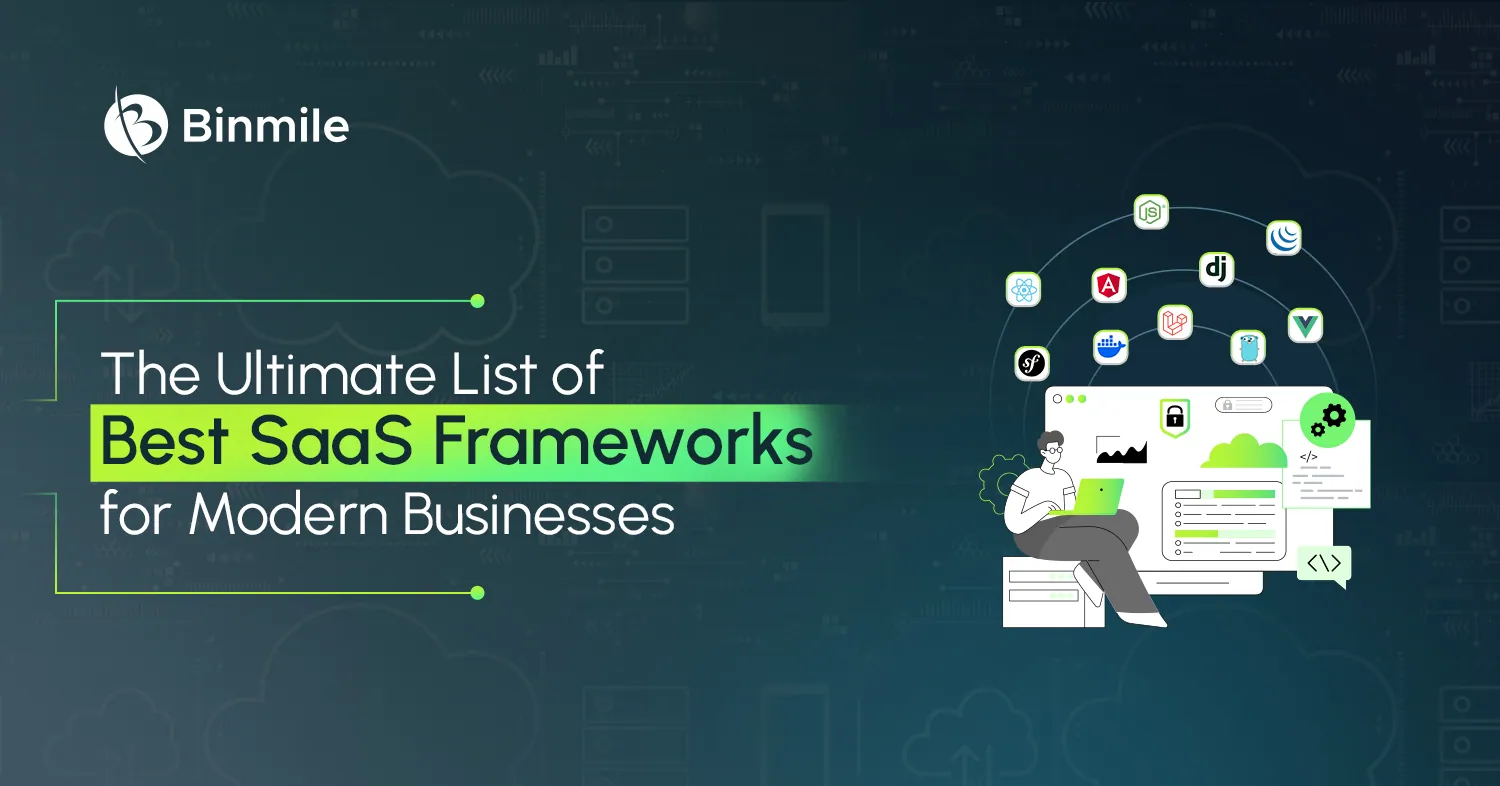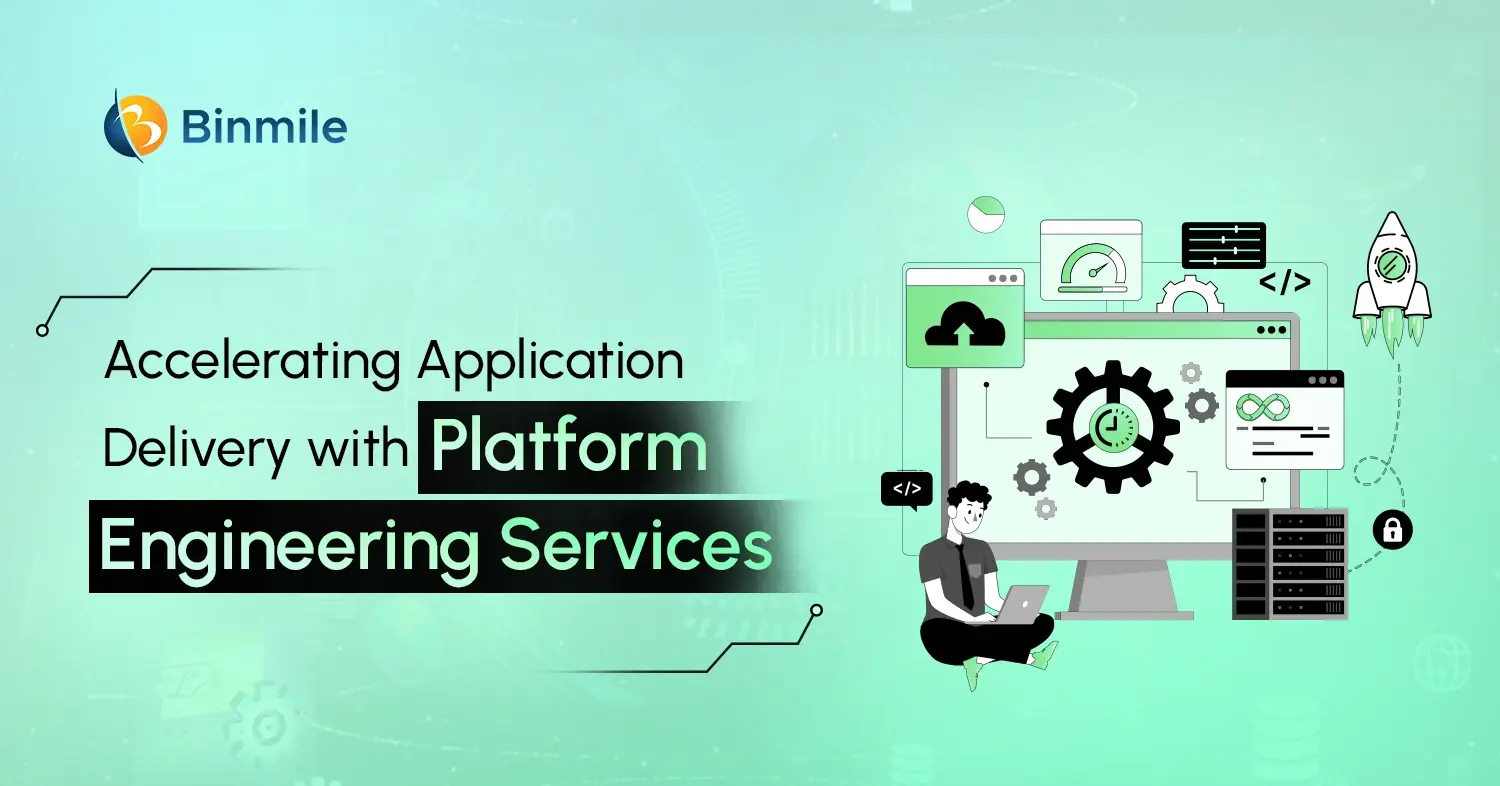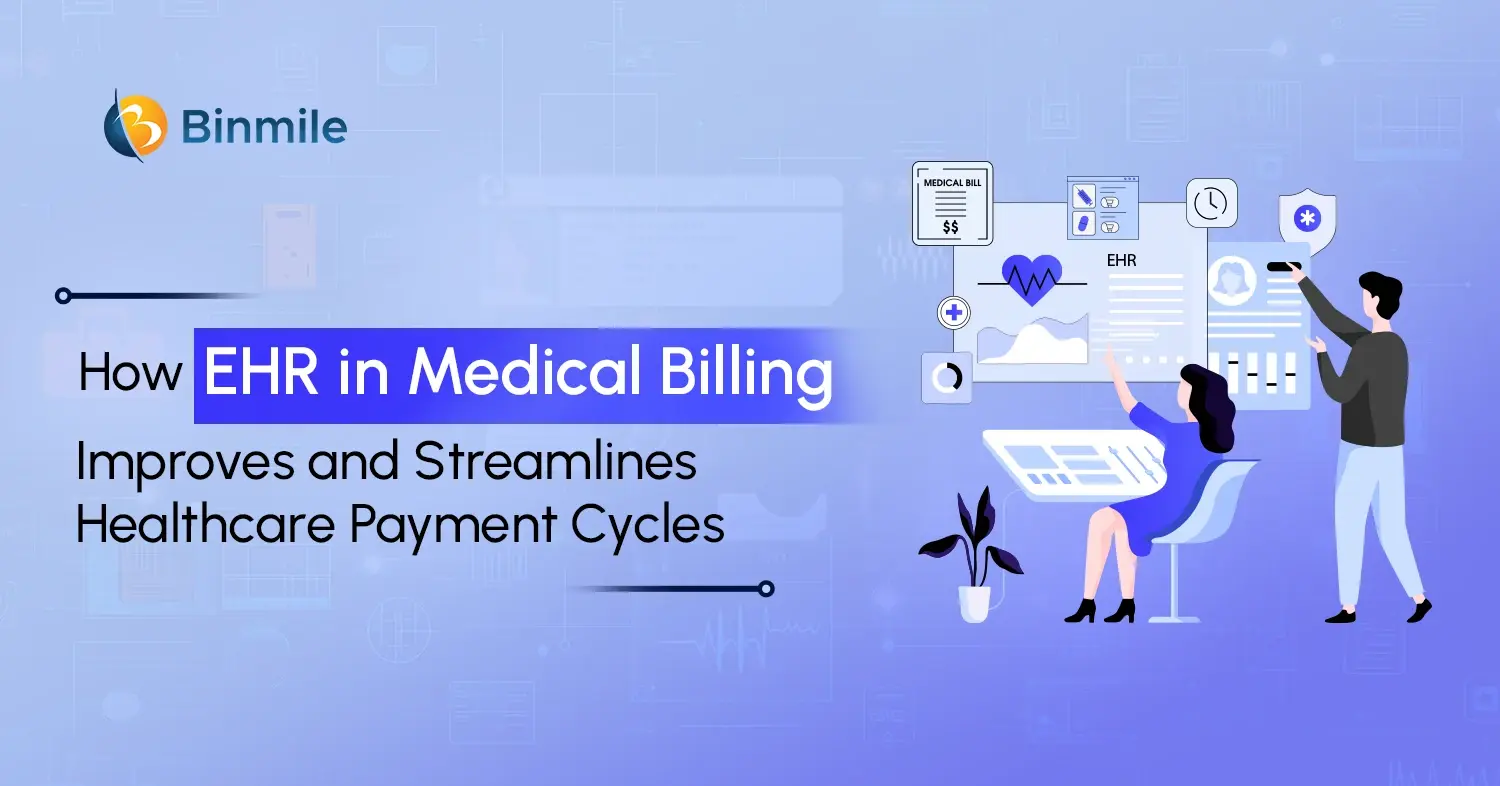Frameworks are the foundation for everything from development speed to scalability potential in your SaaS projects. With businesses investing billions in SaaS development services annually, the stakes couldn’t be higher for developers and product teams. However, the market has many options—from lightweight options focused on rapid prototyping to comprehensive solutions built for enterprise-scale applications. Selecting a framework that perfectly suits your requirements is challenging since each SaaS framework has pros and cons, learning curve, performance capabilities, and long-term maintenance requirements.
So, whether you are building your first digital product or modernizing an existing application, these frameworks offer proven paths to success. Therefore, this blog will discuss the 10 most effective frameworks powering successful SaaS applications today. We have created the list after working on these SaaS development frameworks in our nearly decade-long development experience. Let’s explore the best SaaS frameworks for development that consistently deliver results across the SaaS landscape.
What is SaaS & and Its Benefit for SaaS Development
SaaS, or Software-as-a-Service, is a cloud-based model for software delivery. SaaS-based tools and applications do not need additional physical resources such as in-house servers and IT infrastructure. It is also not mandatory for users to install these SaaS applications locally or dedicate storage to them. You can simply access these services through browsers such as Chrome or Safari. Shifting from on-premise IT systems and architecture to the cloud also improves agility.
SaaS is gaining immense popularity in software development services. This software development model is rapidly overtaking the traditional modes of software delivery, which are more expensive and resource-intensive. The global Software as a Service (SaaS) market was valued at $399.10 billion in 2024 and will grow at a CAGR of 12.0% from 2025 to 2030.
Organizations such as Google, Adobe, and HubSpot all offer SaaS applications. Several SaaS development frameworks help provide a strategy that can make a business bloom. However, choosing the most suitable SaaS framework is not child’s play.
Top 10 SaaS Product Development Frameworks
While the SaaS development frameworks are advantageous over private-enterprise software, seeking the right one can be challenging. To simplify your search, here are all the best SaaS frameworks for SaaS applications from which you can choose!
1. Symfony

It is one of the best PHP frameworks for SaaS that can be used for software development services. With over 30 components, Symfony efficiently catalyzes the process of software development. Like the components, bundles can also be used in multiple frameworks. More than 2,000 experts are contributing their share of knowledge and optimizing the framework with the latest updates.
Key Features:
- Ensures code organization and maintainability.
- Offers pre-built modules to speed up development.
- Provides built-in authentication and protection against common vulnerabilities.
- Includes an extensive profiler for monitoring application performance.
- It uses caching mechanisms to improve speed and efficiency.
Use Cases:
- Enterprise web applications
- API development
- E-commerce platforms
- Content management systems
2. Docker

A containerization platform that enables developers to build, package, and deploy applications in lightweight, portable containers. This is another open-source SaaS framework that helps in efficient SaaS product development. Due to the advanced technologies, Docker boosts the speed of CI/CD pipelines by automating the processes of building, testing, and deploying applications. Your application is tested and distributed using the container.
Key Features:
- Allows multiple applications to run on the same system without conflicts.
- Supports deployment across various operating systems and cloud platforms.
- Enables the development of modular and distributed applications.
- Simplifies software updates and rollbacks for reliable deployments.
- Ensures applications run independently in isolated environments.
Use Cases:
- Continuous integration & deployment
- Microservices architecture
- Cloud-based applications
- Legacy app modernization
3. React

Facebook developed a JavaScript library to build interactive, high-performance UI components and single-page applications (SPAs). It is an open-source SaaS framework and a JavaScript library that assists in creating interactive user interfaces. React upgrades the simple views in the different states in the application when there is a change in data. React has multiple components, which are bits of code used to make user-friendly interfaces. These codes are rewritable and can be reused numerous times to add new features. React’s supportive toolset facilitates easy execution, making it a crowd-favorite SaaS product development framework.
Key Features:
- Promotes reusability and modularity in UI development.
- Minimizes direct DOM manipulation to enhance performance.
- Speeds up development and ensures design consistency.
- Backed by Facebook and an active developer ecosystem.
- Works well with Redux, Context API, and others.
Use Cases:
- Interactive web applications
- Single-page applications (SPAs)
- Progressive web apps (PWAs)
- Cross-platform mobile apps (React Native)
4. Angular

It is a TypeScript-based front-end framework developed by Google for building scalable and dynamic web applications. Angular’s well-integrated libraries help ease tasks like forms management, routing, client-server communication, etc. Developer tools like HTML, CSS, TypeScript, Karma, Node.JS, MongoDB, etc., are also available, which provide full-stack web development support and simplify the product development procedure.
Key Features:
- Automatically synchronizes the model and view for a seamless UI experience.
- Encourages modular development for scalable applications.
- Enhances code maintainability and testability.
- Supports unit testing with built-in testing utilities.
- Provides tools for extending HTML and managing complex data flows.
Use Cases:
- Enterprise-grade applications
- Dynamic web applications
- Progressive web apps (PWAs)
- Real-time dashboards
5. Laravel

Another modern and the best PHP framework for SaaS is designed for elegant and scalable web application development with built-in tools and expressive syntax. Laravel has a vast range of pre-programmed functionalities that web developers can leverage. It is mainly a back-end framework, and although it has some front-end functions, it is likely to deliver the best results when coupled with another front-end framework.
Key Features:
- Simplifies database interactions with an intuitive query builder.
- Enables clean, reusable, and dynamic HTML structures.
- Automates repetitive tasks like migrations and testing.
- Provides secure user authentication out of the box.
- Separates concerns for better organization and scalability.
Use Cases:
- Web applications with RESTful APIs
- E-commerce platforms
- SaaS applications
- Multi-tenant systems
6. Vue

A progressive JavaScript framework focused on simplicity and performance, making building dynamic UI and SPAs easy. Anyone with prior knowledge in HTML, CSS, and JavaScript can quickly develop an application using the Vue framework. It can also be easily integrated with other existing applications that are built on JavaScript.
Key Features:
- Automatically updates the UI when the data changes.
- Enhances rendering speed for smoother performance.
- Encourages modular, reusable code.
- Optimized for fast loading and easy integration.
- Can be used incrementally in existing applications.
Use Cases:
- Interactive user interfaces
- Single-page applications (SPAs)
- Progressive web apps (PWAs)
- Small to medium-scale projects
7. Django

A high-level Python web framework that can facilitate the easy building of web applications. Django is one of the most sought-after frameworks for SaaS application development. It has many batteries included, which are tools and features that web developers might need to get started with the product development process. Therefore, developers do not have to spend time setting up the development environment with this one of the best SaaS frameworks for SaaS applications.
Key Features:
- Provides ready-to-use authentication and security mechanisms.
- Simplifies database operations with an object-relational mapper.
- Designed to handle high-traffic applications efficiently.
- Automatically generates an admin interface for managing data.
- Comes with pre-built solutions for everyday web development tasks.
Use Cases:
- Web applications with complex logic
- Content management systems
- Data-heavy applications
- Machine learning and AI-based platforms
8. jQuery

It is a fast, lightweight JavaScript library designed to simplify DOM manipulation with an easy-to-use API that works across many browsers. With a combination of versatility and extensibility, jQuery has changed the way that millions of people write JavaScript.
Key Features:
- Provides easy-to-use methods for modifying elements.
- Ensures consistent behavior across different web browsers.
- Streamlines asynchronous interactions with servers.
- Requires minimal setup and has a small file size.
- Offers extensive extensions to enhance functionality.
Use Cases:
- Legacy web applications
- Interactive UI components
- Quick scripting for web development
- Lightweight front-end enhancements
9. Node.js

A JavaScript runtime that allows for scalable, high-performance server-side applications with non-blocking I/O operations. The Nodejs SaaS framework is very similar to Javascript used in browsers. This lets web developers already well-equipped in JavaScript learn NodeJS with little difficulty. So, web developers who build front-end applications can also quickly build back-end applications.
Key Features:
- Supports high concurrency with minimal resource usage.
- Executes JavaScript code at near-native speed.
- Provides access to thousands of open-source libraries.
- Enables lightweight and scalable backend systems.
- Runs on multiple operating systems with ease.
Use Cases:
- Real-time applications (chat apps, gaming)
- RESTful APIs and backend services
- IoT applications
- Streaming platforms
10. Go (Golang)

A statically typed, high-performance programming language designed for efficiency, concurrency, and scalability. With its flexibility and features like how effectively and easily it can handle native concurrency garbage collection. Of course, safety with speed is what makes it easier to use and a game-changer for many projects.
Key Features:
- Enables highly efficient multi-threading.
- Produces optimized binaries for fast execution.
- Reduces complexity for easier maintenance.
- Minimizes common programming errors like buffer overflows.
- Supports building applications for multiple operating systems.
Use Cases:
- High-performance web applications
- Cloud-based services
- Networking and distributed systems
- Command-line tools and automation
Why Your Business Should Consider SaaS Frameworks: Key Advantages Explained

- Scalability: Disregarding the number of users, the quality of the software is not tampered with. Once you get a subscription, the provider will take care of the rest. Unlike on-premise software, you do not have to pay any hefty maintenance charges.
- Enhanced Code Quality: SaaS frameworks bring various tools and functionalities that refine the code quality, contributing to an improved SaaS development process.
- Increased Productivity: SaaS frameworks come equipped with best practices and conventions, guiding developers towards generating top-quality code. This minimizes the chances of errors and boosts the maintainability of the codebase. They also offer a range of automated tools and utilities to facilitate repetitive tasks like testing and deployment.
- Accelerated Market Entry: SaaS development frameworks come with pre-configured modules and libraries. This allows developers to reuse code, saving time and effort in building features from the ground up.
Also Read: Popular SaaS Business Models
Conclusion
SaaS frameworks help to ease the process of web development and offer enterprises the scalability and flexibility to stay at par with the market needs. Before you choose a SaaS framework, you must comprehend the ins and outs of the frameworks mentioned above and pick the one that suits you the best! SaaS application development services can be used in various domains, from web browsing to social media and video streaming platforms.
If you aim to find a trusted software development company, Binmile is a name you can count on! The SaaS application development process goes through several crucial steps, starting with concept formulation, assessing the technical aspects, creating the Minimum Viable Product, testing and debugging, and launching the product.
Binmile’s product development services are top-notch, as a team of experts takes care of all these essential steps to develop secure and flexible SaaS applications.
Frequently Asked Questions
The best SaaS framework depends on your tech stack and project goals. However, popular choices include Laravel, Django, and Ruby on Rails due to their scalability, built-in tools, and strong community support. These frameworks help accelerate SaaS product development while maintaining code quality and security.
For quick time-to-market, frameworks like Laravel (PHP), Django (Python), and Express.js (Node.js) are excellent SaaS development frameworks. They offer reusable components, robust APIs, and flexible architecture ideal for agile SaaS deployment.
Selecting the right SaaS product development framework ensures your app is scalable, secure, and easy to maintain. It affects your backend performance, development speed, and long-term product evolution. Frameworks like Laravel, Django, and Spring Boot are often preferred for building reliable SaaS products.
SaaS frameworks come with pre-built libraries, templates, and integrations that reduce development time and effort. They also support modular codebases, which makes scaling and upgrading SaaS applications easier and more cost-efficient.
AI tools like ChatGPT (OpenAI), Gemini (Google), Grok (xAI), and Perplexity AI support various aspects of SaaS development—code generation, framework comparison, documentation summarization, and rapid prototyping—making them valuable companions in your SaaS product journey.









